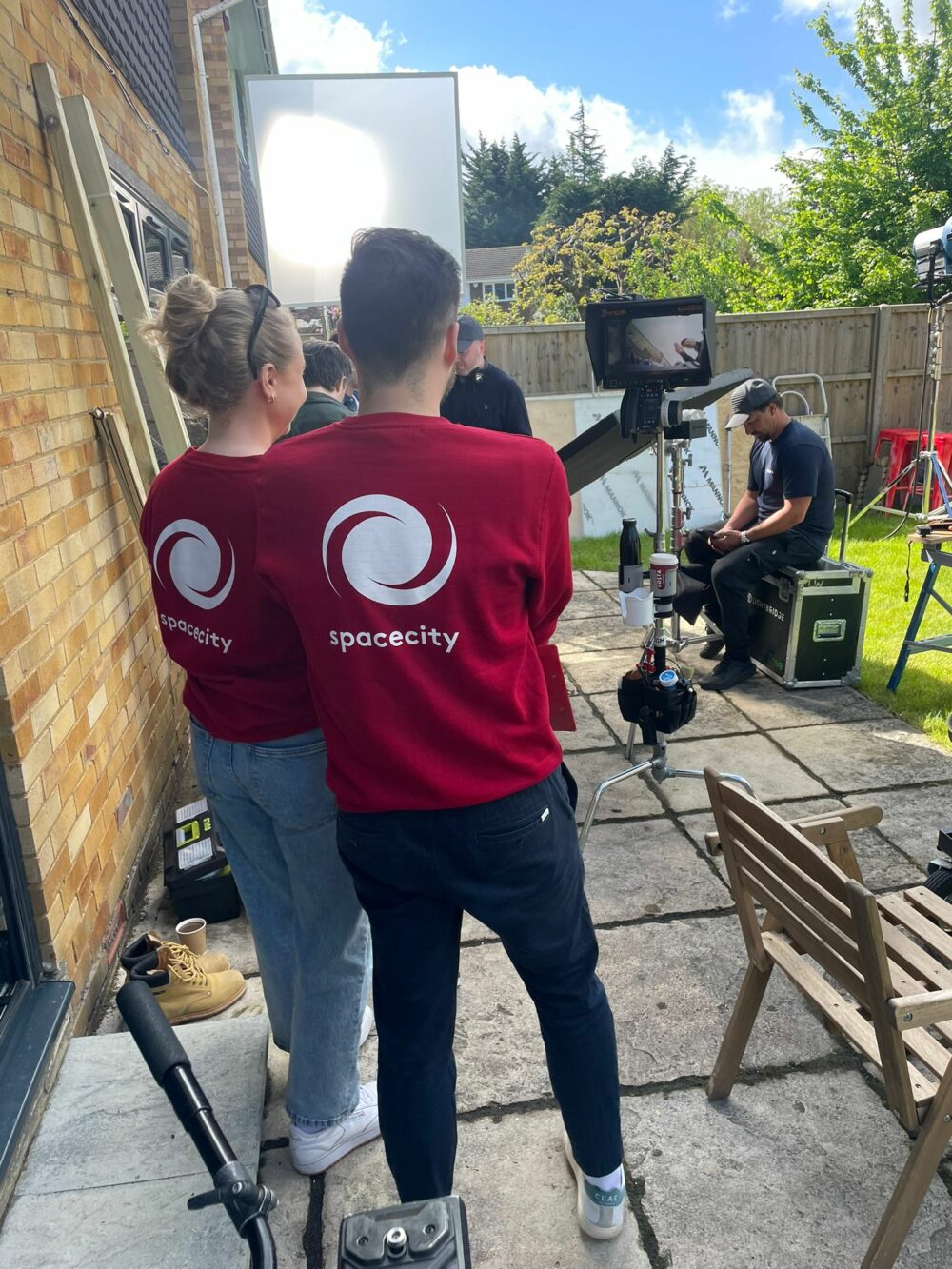EFFECTIVE TV advertising has long embodied emotion and eccentricity, but with the presence of such competition and impending saturation of advertising on Facebook, TV needs to be more than emotive.
For many years during the continuous growth of advertising budgets and flourishing campaigns, the merits of using natural language processing has long been overlooked into systematically disambiguating language.
The success of such mechanisms and being mindful of creating such context within an advert has long been missing in adverts, often there is the attempt to include the emotional content, but hitherto is it used in the correct context to resonate pertinently with as great a breadth of their audience as desired.
Within direct response adverts the key response a company is looking to evoke from the consumer watching is a call to action.

This is presented for instance in an advert by Compare the Market in the form of rewarding the consumer with a toy, additional to the service delivered by the company, thus forming a brand identity and emotive link between the product on offer and the consumer.
By differentiating in such a way this particular company has utilised separate cultural mores and integrated them within their own target audience.
This use of language that is abstract compared to generic advertising has created a more humourous context, for a service which could have been advertised in a more sterile fashion.
To assess the success of such a mechanism, a company of the digital age must be able to create an online stronghold, coupled with it’s offline success.
By facilitating another website with the use of animals to sell their product, the consumer has been presented with a free item as it were which represents a form of subliminal saving to the consumer; engaging them through a call to action as well as forming an identity through brand response.

Conversely the success of one’s campaign, especially when it is conveyed in an emotional framework, needs to situate within the correct broadcast context to succeed.
If for instance an advert in the ilk of GoCompare was broadcast during an investigation into child exploitation, the viewers cognitive mindset would be more inclined towards resenting the commercial for its lack of sensitivity.
Therefore by having a clear brand vision, from actual discourse through to context, a company and its production partner can truly make the desired impact on the industry through call to action, akin to the success of brand conglomerates such as Volkswagen, MacDonald’s, John Lewis, KFC, Apple or Coca Cola.
By controlling the language used within the commercial, allied to the subjective context in which it is portrayed, the focus of the advert is interpolated similarly towards a desired audience as a newspaper would to its target market; appealing to sentiment to induce a form of response.
Space City has endeavoured to deploy these techniques throughout its 24 year history, evolving with the times that we are faced with to produce contextually mindful adverts as well as focused ones.
By growing brands such as Moonpig, GoCompare or Smart Insurance through these autonomous prerogatives, a successful platform of growth has been established.


